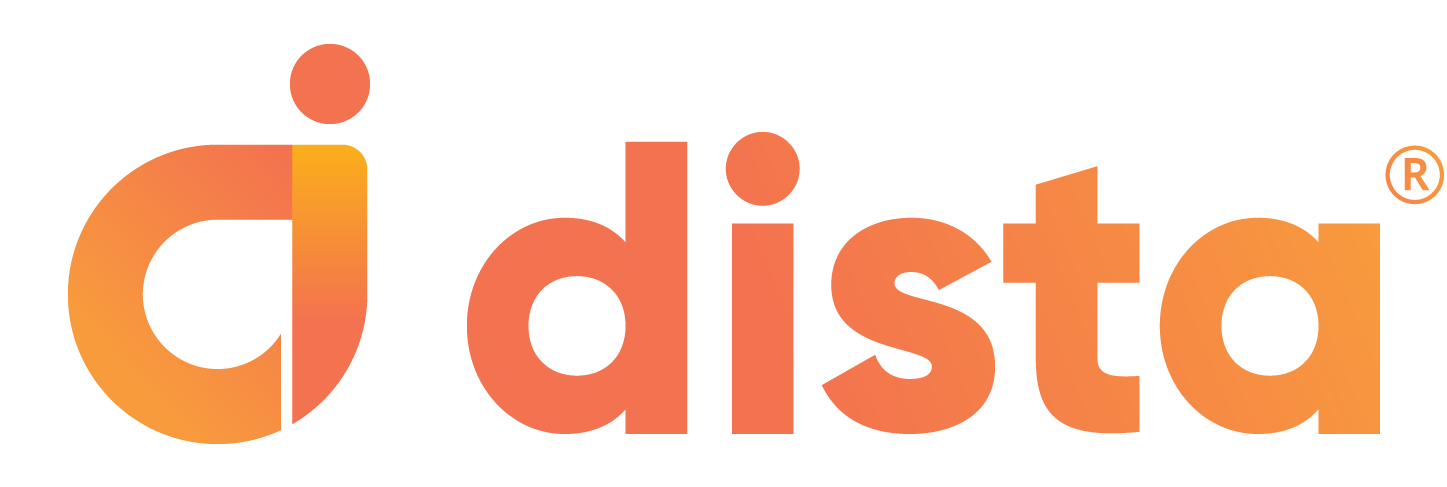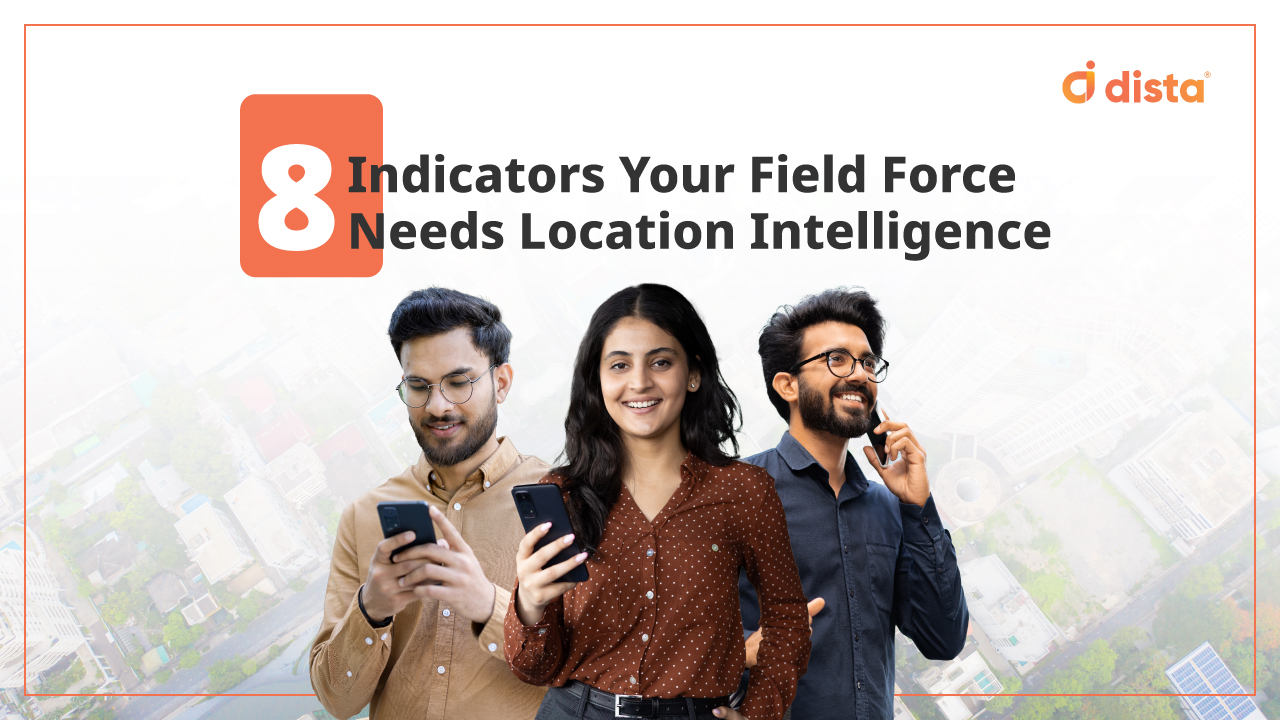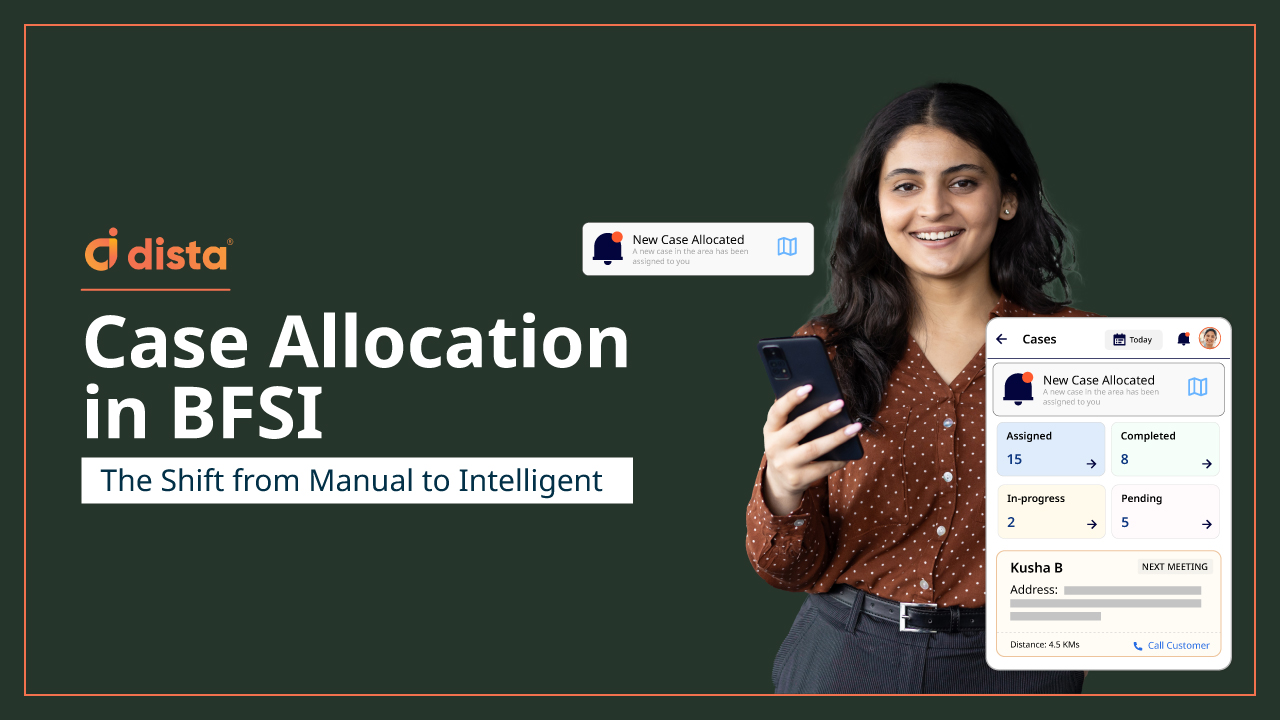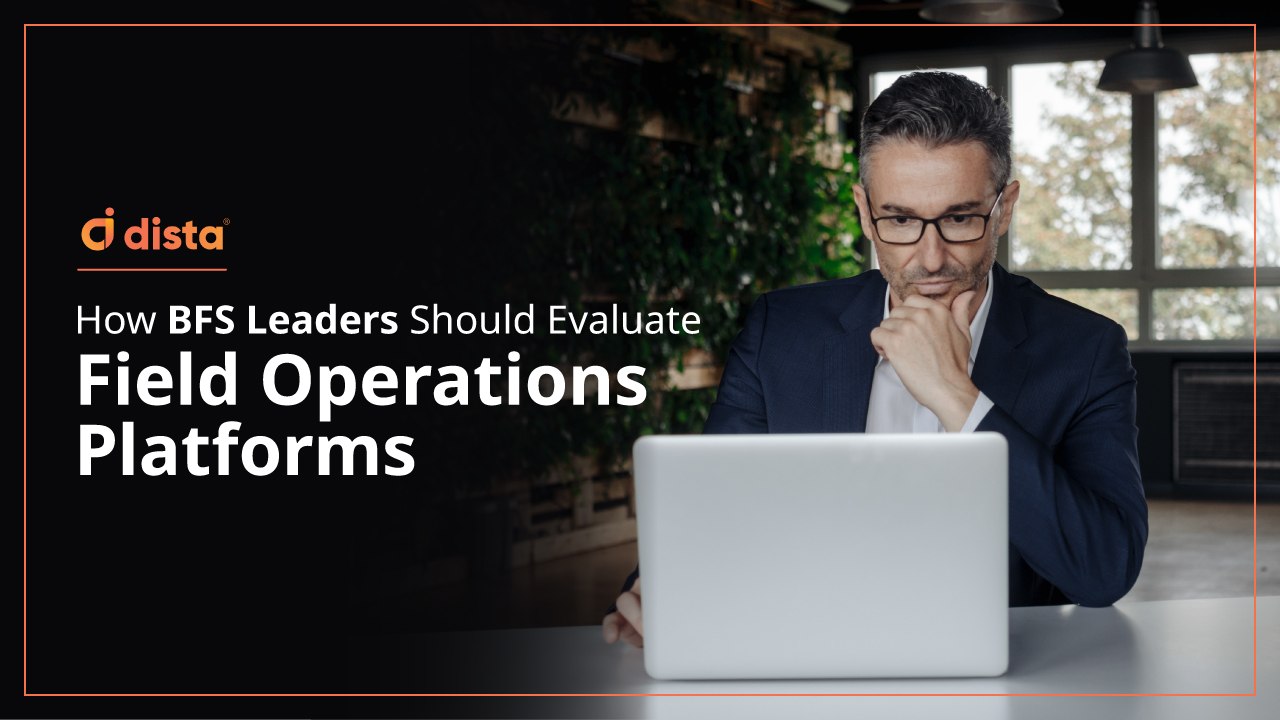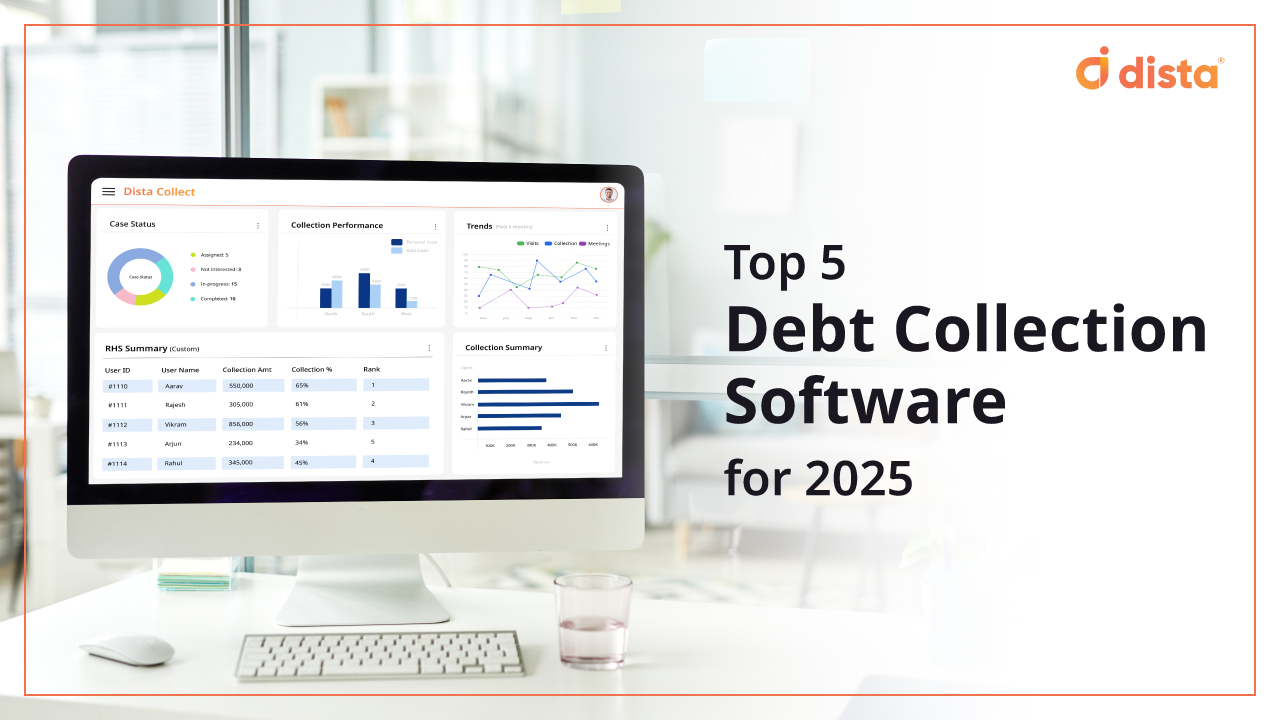Geofencing is a location-enabled technology that creates virtual boundaries around a real-world geographical area. It empowers leaders to leverage spatial insights and establish a digital perimeter for tracking, monitoring, or detecting the movement of a device, individual, or asset within its confined limits.
Leaders can define virtual boundaries using Global Positioning System (GPS), Radio-Frequency Identification (RFID), Wi-Fi and cellular data. Once enabled, geofencing triggers actions and sends notifications when a device enters or exits a designated area.
How Does Geofencing Work?
- Define the Geofence
Define the geographical area to create a virtual boundary using mapping software.
- Set up Triggers or Actions
Establish a geofence to set the foundation for sending notifications, activating a service, logging attendance, or altering device settings.
- Detect Device Location
Combine devices with GPS, Wi-Fi, or cellular data capabilities to continuously monitor sales reps, service agents, or delivery riders location. When a device crosses the virtual boundary of a geofence, it triggers the predefined action.
- Execute Actions
Program the system to execute the predetermined action once the device enters or exits the geofenced area.
Say for instance, a retail store might send a notification with a special offer to customers when they enter the store’s vicinity. Similarly, a logistics company might receive alerts when a delivery vehicle enters or exits a predefined area. Setting up a geofence empowers leaders to monitor movement of their field assets and track their actions.
Geofencing Use Cases
Geofencing software improves real-time location tracking of field sales teams enabling managers to supervise their in-field activities. Retail stores and quick service restaurants (QSRs) can set up geofences around city centers and business districts to gather insights into customer foot traffic and shopping behaviors.
Marketers can set up geofenced boundaries to target audiences within a specific location and enable personalized promotions and offers relevant to the location and demographic. There are many similar applications of geofencing across banking, logistics, and retail industries.
Top 5 Geofencing Platforms
1. BlueDot
Bluedot provides versatile any-shape and any-use geofences and enables precise tracking of devices down to the entrance of a store. Businesses can leverage geofenced insights, including the amount of time someone spends at a location, exact arrival and exit log, frequency of visits, etc to optimize sales and service operations.
2. GeoComply
GeoComply offers geolocation information, real-time monitoring, and alerts to track user movements and identify any irregularities in defined patterns for a specific location. Their solution is adaptable across diverse platforms and suitable for deployment across web and mobile applications.
3. Gimbal Location Platform
Gimbal empowers businesses to interact with users by leveraging tailored and contextual experiences from their precise locations. Businesses can use location data to gain insights into user behavior and preferences. The platform helps establish geofences and uses beacons to initiate location-triggered actions. They can also categorize users according to location and behavior for focused campaigns.
4. Radar
Radar’s geofencing solution empowers developers to override the constraints of iOS and Android platforms. It offers unrestricted geofencing capabilities including polygon geofences, and tailored tracking features for optimizing both accuracy and battery performance. Companies can design tailored geofences using Radar’s dashboard, API, or CSV import.
5. Dista
Dista’s unique location intelligence platform analyzes spatial data, consumer demographics, and real-time asset tracking. Organizations can leverage smart territory mapping tools to define and create virtual boundaries that trigger location-based alerts. Any sales reps, field service agents, and delivery riders assigned to an area will trigger entry, exit, and authorized actions. Geofencing enables notification alerts for sales, service, or delivery updates to both managers and customers.
Final Thoughts
Geofencing offers a plethora of business advantages, provided that it aligns with your company’s needs and objectives. Whether it involves gathering consumer data, deploying location-centric marketing tactics, enhancing social media engagement, or overseeing field agent activities, geofencing software is crucial to supercharge field sales operations, streamline field service activities, and optimize delivery operations.
Are you also looking to leverage spatial insights? Dista’s location intelligence product suite offers key insights to address various use cases across industries.
Click here for a free demo.
